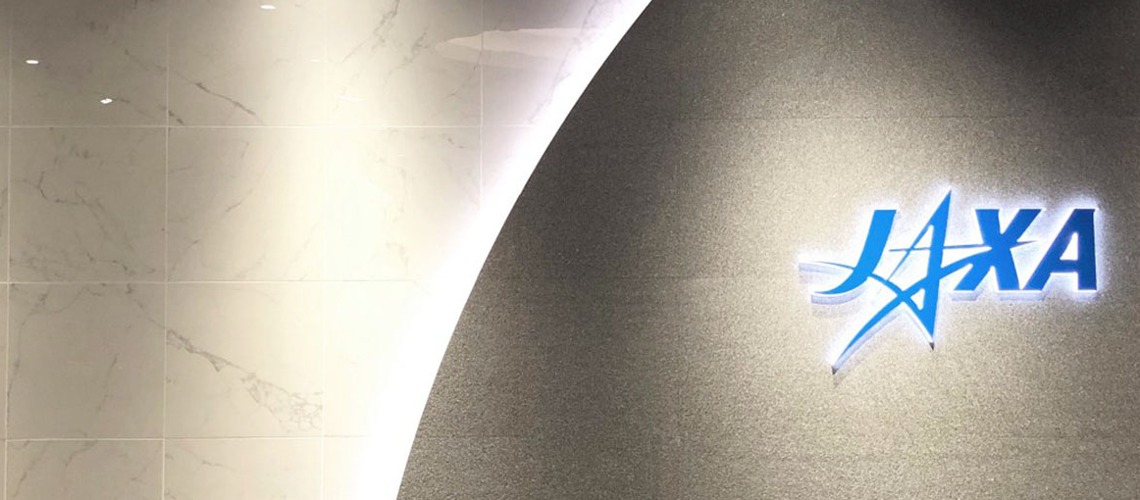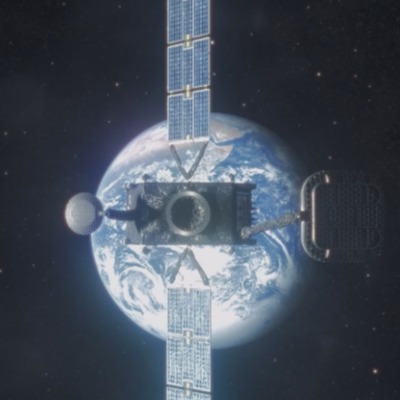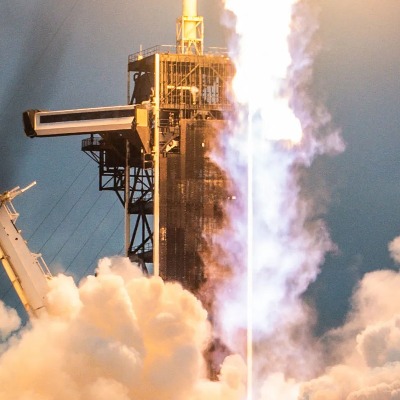Japan Sets Sights On Enhanced Earth Observation: Upgraded Satellites To Launch On New Rocket's Third Flight

Japan's space agency, JAXA (Japan Aerospace Exploration Agency), has announced plans to launch a significant upgrade to its Earth observation capabilities. This mission, slated for lift-off on June 30, 2024, will see the deployment of the Advanced Land Observation Satellite, or ALOS-4, aboard Japan's new flagship rocket, the H3. This launch marks the third flight for the H3 and signifies a critical step in both JAXA's spacefaring ambitions and its commitment to enhanced Earth monitoring.
ALOS-4 is a successor to the current ALOS-2 satellite and boasts significant advancements. It's designed to observe a much wider area with improved resolution, providing valuable data for disaster response, mapmaking, and even military applications. Notably, the satellite features an infrared sensor developed by the Japanese Defense Ministry, enabling potential monitoring of activities like missile launches.
"This launch represents a major leap forward for Japan's Earth observation capabilities," said JAXA director Hiroki Matsuo in a press release. "The data collected by ALOS-4 will be crucial for a variety of purposes, from improving our understanding of natural disasters to ensuring national security."
The launch will take place from the Tanegashima Space Center on a southwestern Japanese island. The H3 rocket has undergone a rigorous testing process following a failed debut in March 2023. However, a successful launch in February 2024 demonstrated the rocket's potential. This upcoming flight serves as a crucial test before the H3 becomes a mainstay of Japan's space program.
The mission is being closely watched by the international community. Successful deployment of ALOS-4 will not only bolster Japan's spacefaring prowess but also contribute valuable data sets for global Earth observation efforts. With an eye towards a successful launch, Japan prepares to usher in a new era of its Earth observation capabilities.




